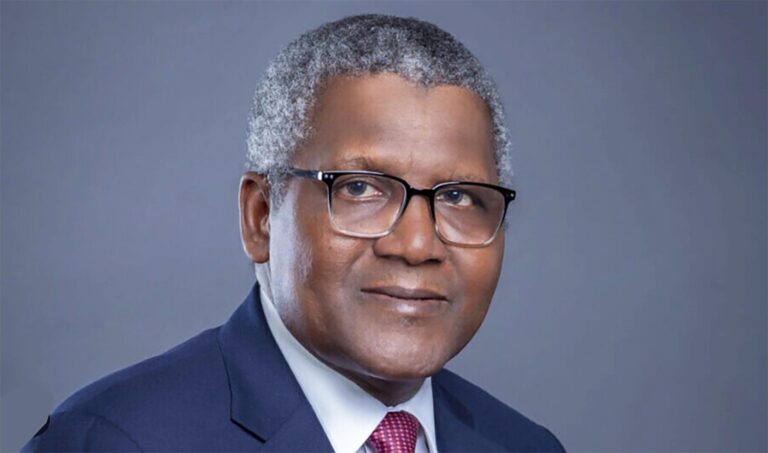Since 1972, the United Nations Educational, Scientific and Cultural Organization, or UNESCO, has maintained a “World Heritage List” of sites that it deems to have an exceptional value.
This list, which aims to preserve the world’s cultural and natural heritage, has sparked global tensions and drawn criticism that it doesn’t give adequate attention to the southern hemisphere, including its including less than 10% of sites from Africa. Mechtild Rössler, director of the heritage department at UNESCO, acknowledges the shortfall: “Developing countries often lack efficient institutions to support this process.”
“The cost of applying for a site to be added to the list is very high. You need a certain expertise to piece together such a file,” says an official at the World Heritage Centre between 2001 and 2012, who requested anonymity. “African countries lack that (expertise). A listed site must also then be administered according to a management plan and must be preserved at the government’s expense. But many poor countries have neither the expertise nor the money to do that.”

In Ethiopia, the Simien National Park was added to the UNESCO list in 1978 — Photo: Leonard Floyd
The official added that sometimes a country’s population can be opposed to a site being listed because its priority is to have hospitals, schools and infrastructure. “There’s a lot at stake between national and international prestige, politics, economics and even geopolitics,” she said.
Adding a site to the list can adversely affect a part of the population. In Ethiopia, for instance, the Simien National Park was added to the UNESCO list in 1978 after a request by the late Emperor Haile Selassie, which helped preserve the landscape of the heavily populated mountain range. Hunting and slash-and-burnagriculture practiced by people living there were banned, making it harder for residents to survive.
In the 1980s, the Simien park became a political issue under the rule of dictator Mengistu. The land had become a refuge for opponents of the regime. In 1986, UNESCO experts visiting the site believed that local villagers were damaging the environment. Mengistu’s administration eagerly pushed for their displacement because the site had become a hiding ground for “rebels”.
This Ethiopian national park is just one example of what historian Martin Melosi calls “eco-racism” and which PhD student Guillaume Blanc describes in his thesis as the “prolongation of post-colonial White domination over Africans.”

The “Door Of No Return” in Benin — Photo: Shubert Ciencia
In South Africa, the Ukhahlamba Drakensberg Park was added to the World Heritage List in 2000 for both its natural and cultural legacy — the mountains as well as the cave and rock paintings left by the hunter-gatherer San people over the centuries.
This recognition was pursued by the government, which left the local population out of the decision. Tourists visiting the site have little consideration or understanding of the heritage of the indigenous population. What’s more, the site was closed for sacred ceremonies that traditionally took place there; locals were forced to relocate.
The site’s “UNESCOization” translated into the imposition of a Western vision, based on preservation, to the detriment of the vision and life of the native population, as analyzed by Mélanie Duval and Benjamin Smith.
In 1994, UNESCO launched the “Slave Route” project. The route starts in the West African country of Benin, in the coastal town of Ouidah, which was one of the most important slave ports in Africa. UNESCO’s itinerary includes locations related to the slave trade, such as the “Tree of Forgetfulness”, “Auctions Square” and the “Door of No Return”.
But as historian Gaetano Garci notes, none of these stages and sites selected by UNESCO correspond to any historical reality. There was never a “square” for the trade of enslaved men and women. Slaves were sold at the entrance of slave traders’ homes, says historian Robin Law.
Mrs D says that UNESCO considers Gorée Island in the West African country Senegal as a major site on the Slave Route — another mistake.
At a time when tourism is becoming a massive global phenomenon involving more than 1 billion people and generating $1,400 billion in revenue every year, it’s worth considering that the concept of “world heritage” may not be as apolitical and consensual as the term suggests.
Courtesy Newsrep








